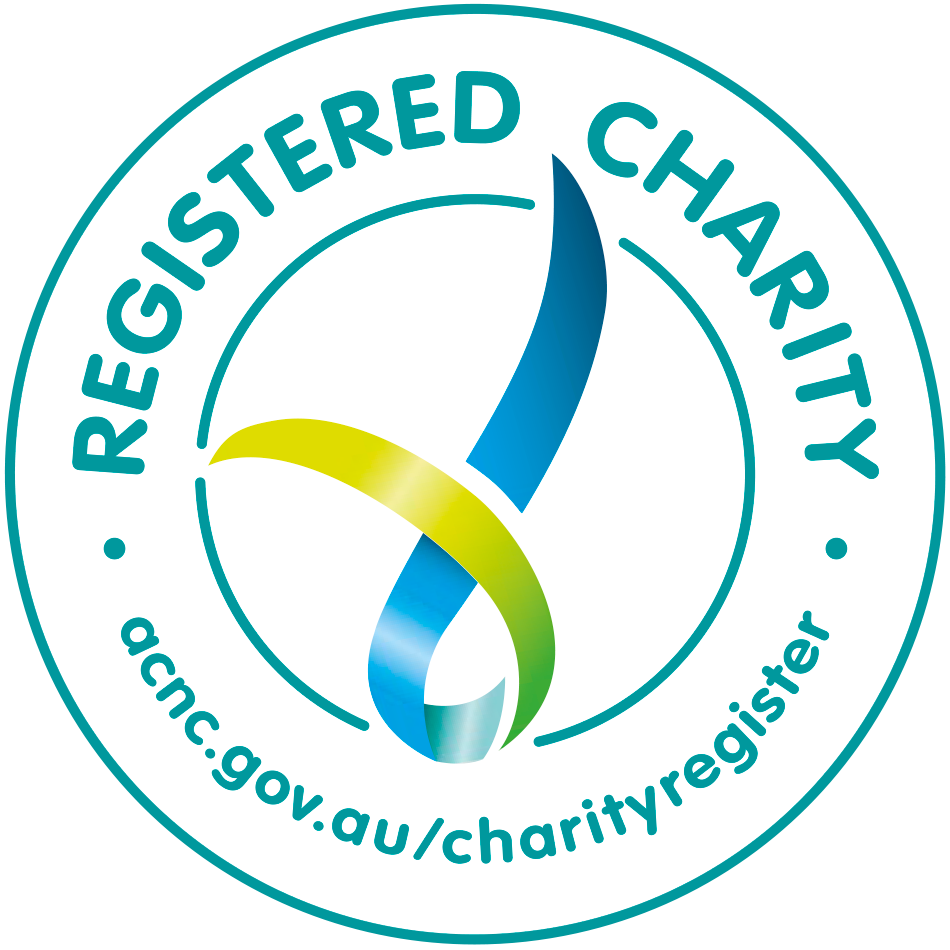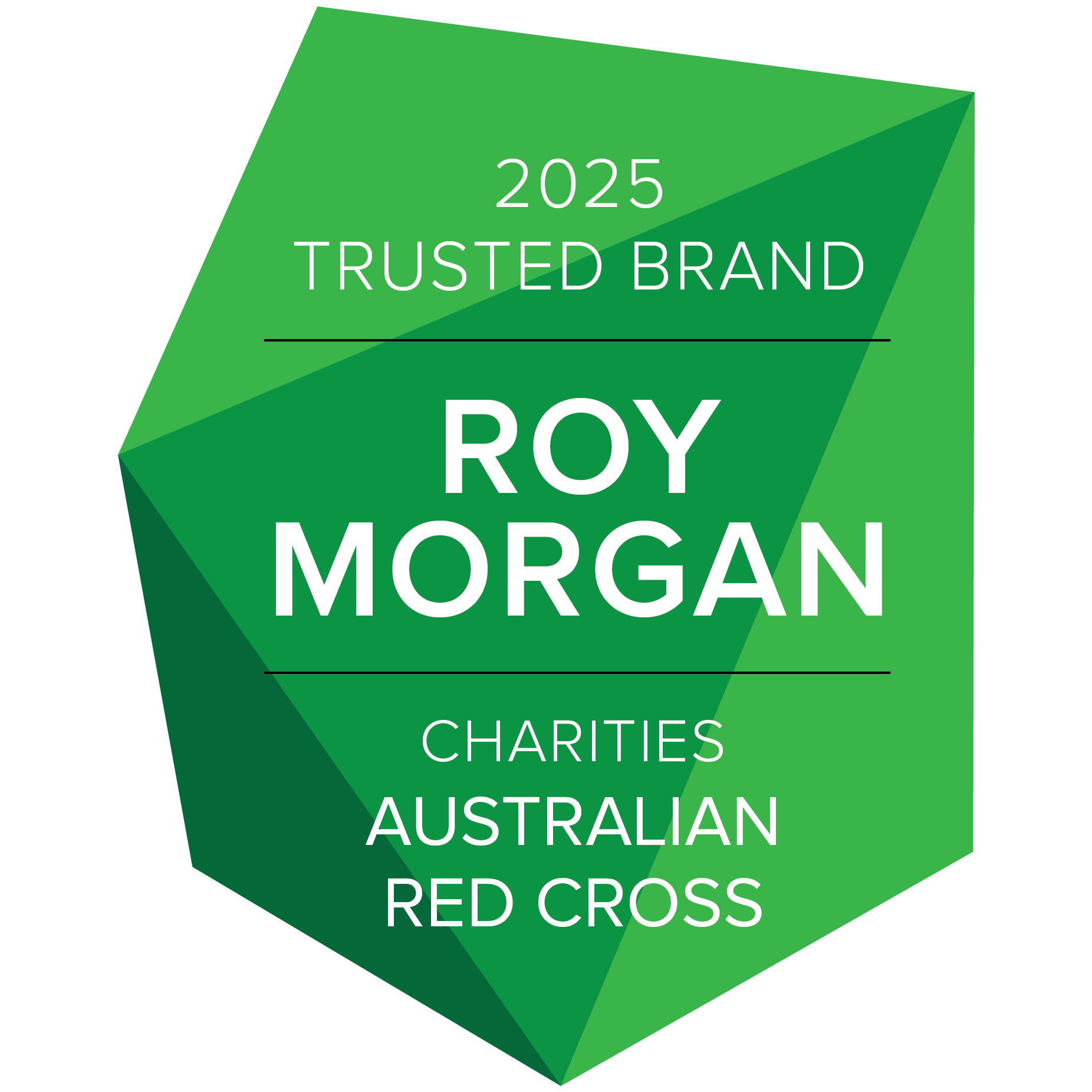The report found the total economic cost of natural disasters in Australia over the 10 years to 2016 averaged $18.2 billion per year, equivalent to 1.2% of average Gross Domestic Product (GDP).
In real terms, total economic cost is forecast to grow by 3.4% per year, double by 2038 and by 2050 to be around $39 billion per year.
Australian Red Cross CEO, Judy Slatyer, said the report finds that resilience investment creates many additional benefits beyond the financial bottom line.
“Natural disasters have a deep social impact on individuals and communities that can last for years,” Ms Slatyer said.
“Relatively small investments now in things such as community education, emergency kits, and encouraging connected and strong communities is the best way to reduce the costs of disasters.
“If resilience projects became embedded in all relevant areas of government planning and policy, we’d see an increase in jobs and community confidence that would drive a stronger economy.”
IAG Managing Director and CEO, Peter Harmer, said the report also examines the role of state and territory governments and local councils and how they can effectively build resilience in communities, along with other jurisdictions, businesses and not for profit organisations.
“The report finds that more than 9 million Australians have been impacted by a natural disaster,” Mr Harmer said.
“That is why we all have a role in ensuring that we are as best prepared as we can be for the impact of natural disasters, led by all levels of government in collaboration with communities, businesses and the not for profit sector.
“State governments play a major role in how a community responds to natural disasters. As well as emergency management and disaster recovery, they influence prevention and preparedness through data collection and provision, infrastructure and land use planning, building codes and community initiatives.”

